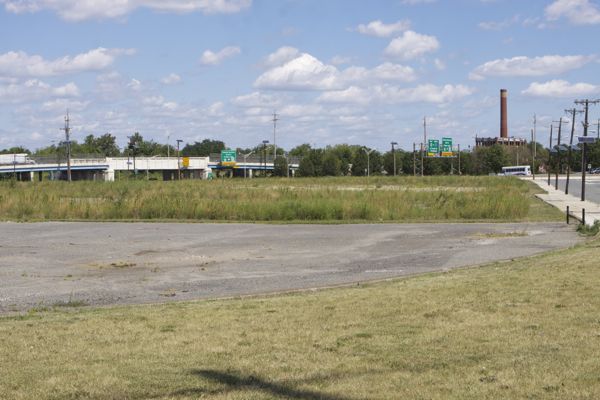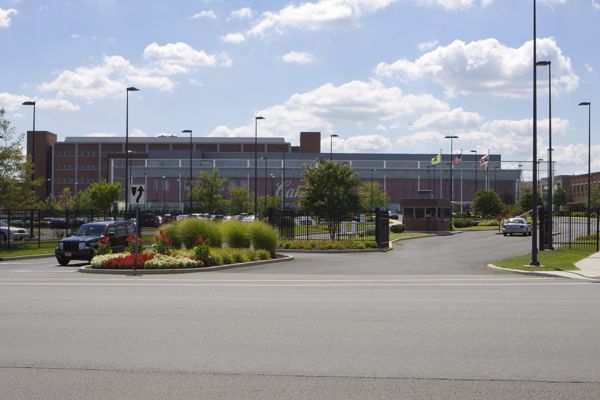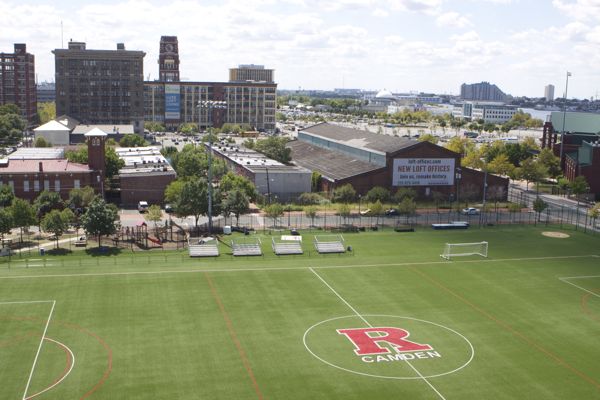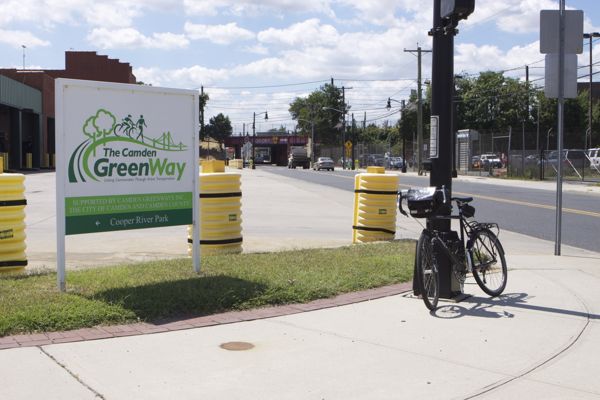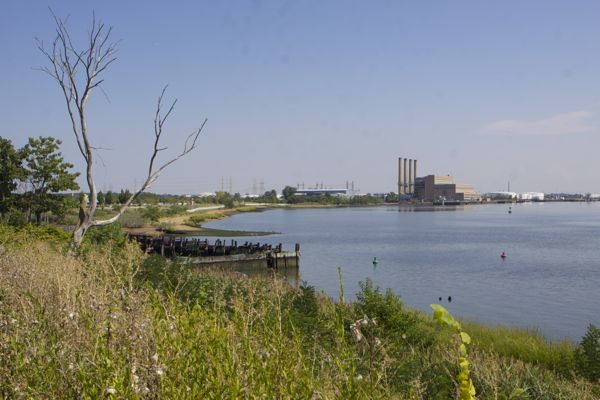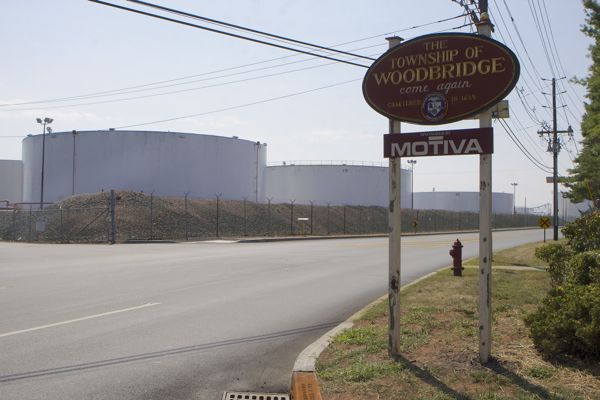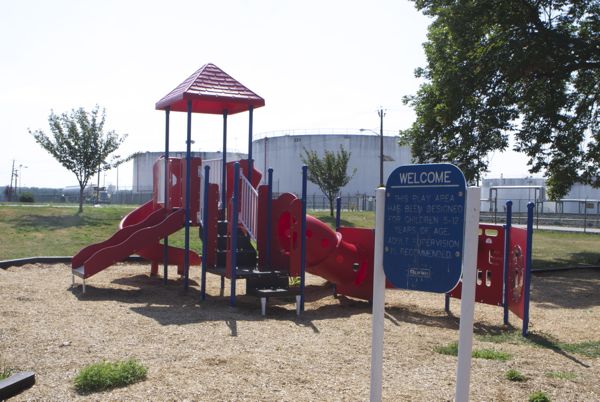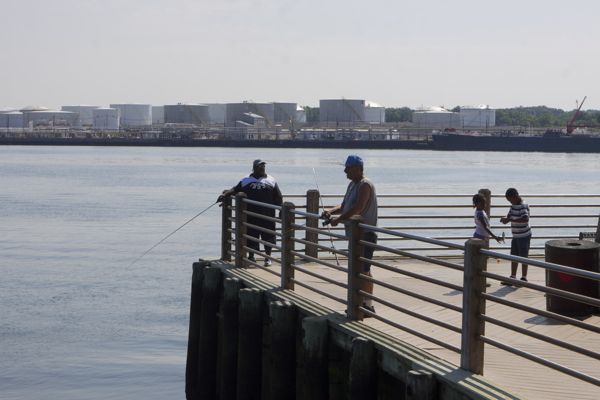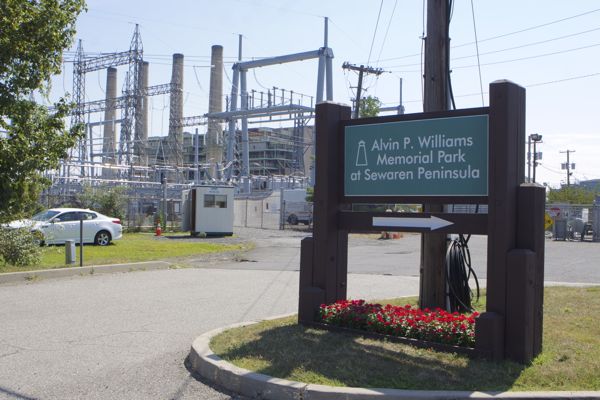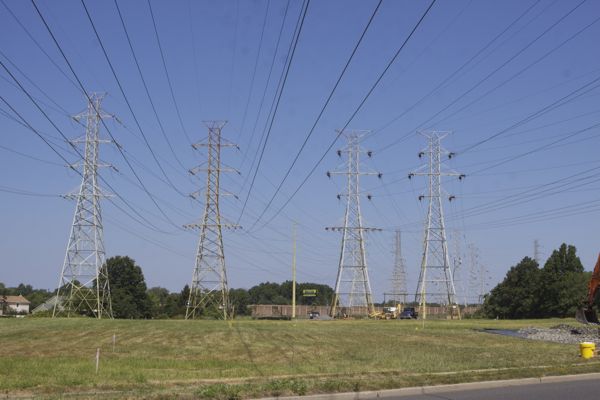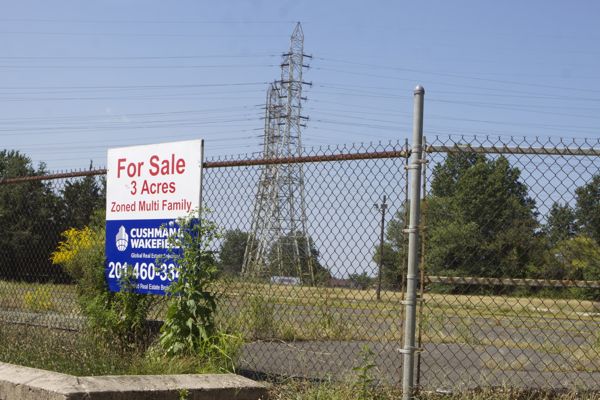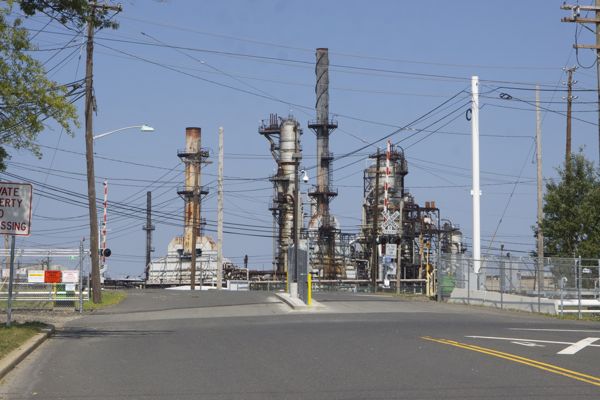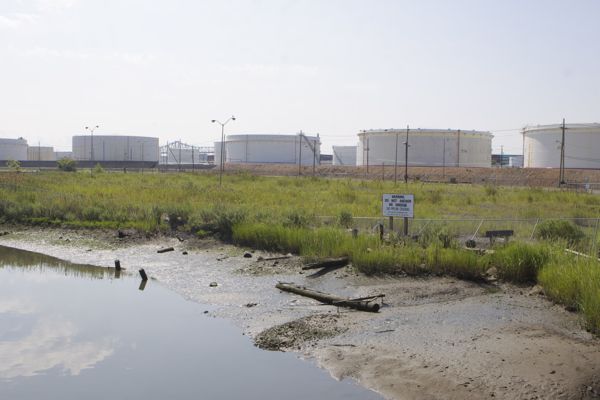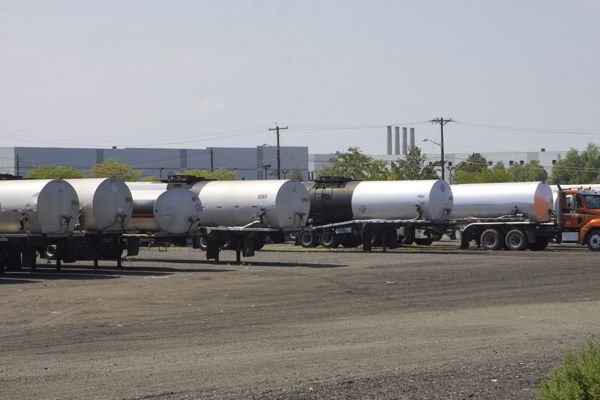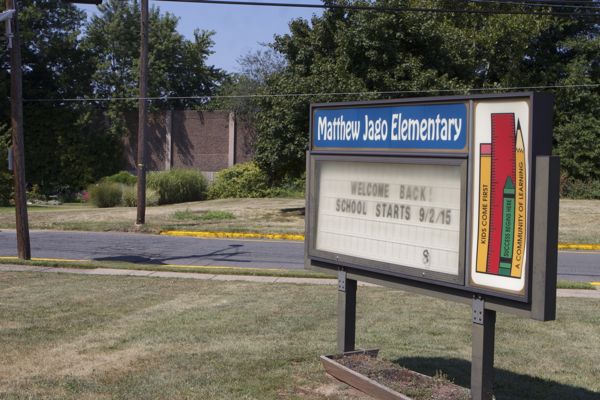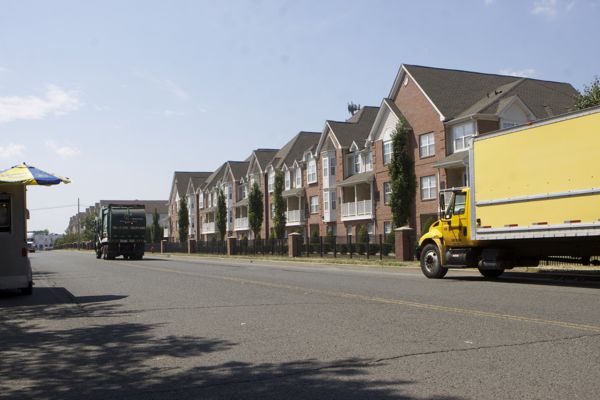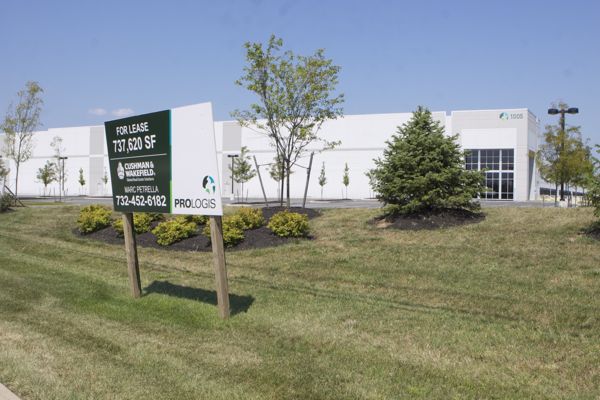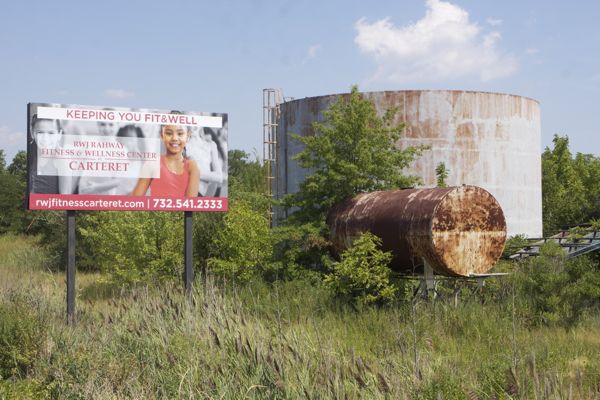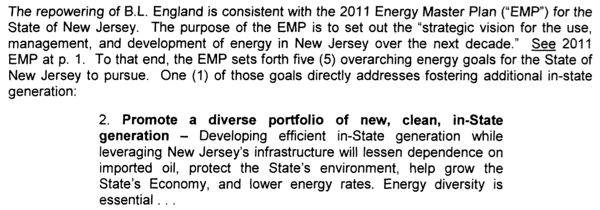Lawsuit Filed To Force Christie DEP To Release Development Plans For Liberty State Park
Privatization of Planning for Public Parks
NJ Future Conducts Covert Privatization Planning With Christie DEP
Now it’s getting interesting.
[*Full disclosure: I was consulted by and provided assistance to plaintiff’s counsel.]
In the latest development in the controversy over the Christie Administration’s scheme to privatize and commercialize Liberty State Park, on Friday, a Jersey City resident filed an Open Public Records Act (OPRA) lawsuit to compel DEP to release public records on Park development plans.
Scott Fallon of the Bergen Record first reported that the Christie DEP paid NJ Future, a private planning group, $120,000 to develop plans for privatizing the park.
On July 14, 2015, NJDEP denied an OPRA request for the NJ Future report to DEP made by plaintiff, William P. Bednarz, of Jersey City.
What could the Christie DEP and NJ Future have to hide?
Mr. Bednarz is represented by attorneys Walter M. Luers and H Howard Moskowitz, who wrote: (boldface emphases mine)
As set forth in the June 2, 2014 $120,000 Grant Agreement, also attached, the NJF report was to “detail[] findings and recommendations for Liberty State Park” in pursuit of “NJDEP’s goal to have LSP increase revenue and become financially sustainable,” including, among other matters, “[r]evenue projections for any suggested” development, a “list of potential developers/contractors,” and a discussion of “[p]otential issues and risks of recommendations.” The contract provides that NJDEP “facilitate” meetings between NJF’s consultant and undefined “LSP stakeholders.” Attachment A, at 1, 2.
The report was necessary, according to the grant agreement, in light of NJDEP’s “realiz[ation] that the State lacks the entrepreneurial expertise to design and effect[uate] those changes.” Id. at 1.
In short, the New Jersey Future report is a manual on how to monetize and commercialize Liberty State Park in implementation of Governor Christie’s plan to “save” New Jersey’s state parks, announced in November 2011, entitled “Sustainable Funding Strategy for New Jersey State Parks.”
The report is a government record “subject to public access” under OPRA as a “document that has been received in the course of the State’s official business.”
I got a real kick out of this DEP “realization”:
“realiz[ation] that the State lacks the entrepreneurial expertise to design and effect[uate] those changes.” Id. at 1.
Of course DEP Parks lacks entrepreneurial expertise to privatize – their job is to manage parks in the public interest for the enjoyment of visitors, not to make profits!
Once again, Christie’s privatization policy and DEP Commissioner Bob Martin’s “transformation” initiative to radically change DEP’s mission to “promote economic development” are shown to be absurd.
Based on my own successful litigation experience with OPRA, they have a strong case and are very likely to win.
Public release of the NJ Future Report to DEP is critical, because NJ Future was obviously acting on behalf of the Christie DEP in privately planning for private park development. DEP used NJF to avoid public scrutiny.
Now DEP is compounding that abuse by trying to cover the whole thing up by denying access to public records.
NJ Future should be ashamed of themselves for conducting covert planning for NJ’s most popular State Park.
According to the DEP’s contract with NJ Future, NJF was required to submit a Report that:
So, what were NJ Future’s “recommended activities that can produce revenue”?
What aspects of the Park were “attractive” “to revenue producing developers, contractors and concessionaires”?
What “developers/contractors” did NJ Future identify?
What areas and buildings at LSP did NJ Future recommend developing?
What “revenue projections” did NJ Future generate?
What “stakeholders” did NJ Future interview and consult?
The public demands answers!
Shame on both NJ Future and the Christie DEP for a covert strategy to avoid public involvement in park planning and for their craven revenue driven privatization scheme.
Mr Moskowitz was kind enough to provide the contract documents – sorry I have no links, but they are available upon request.
[Update: 9/3/15 – Scott Fallon broke the NJ Future DEP project, so I would have thought he’s have been a lot stronger in his story on that and the Christie “Sustainable parks” privatization and commercialization scheme – Fallon puts that in the most favorable light possible:
Efforts to generate more money at Liberty State are part of Christie’s Sustainable Parks initiative, unveiled in 2011 to reduce the park system’s reliance on the state budget.
What a wuss.



